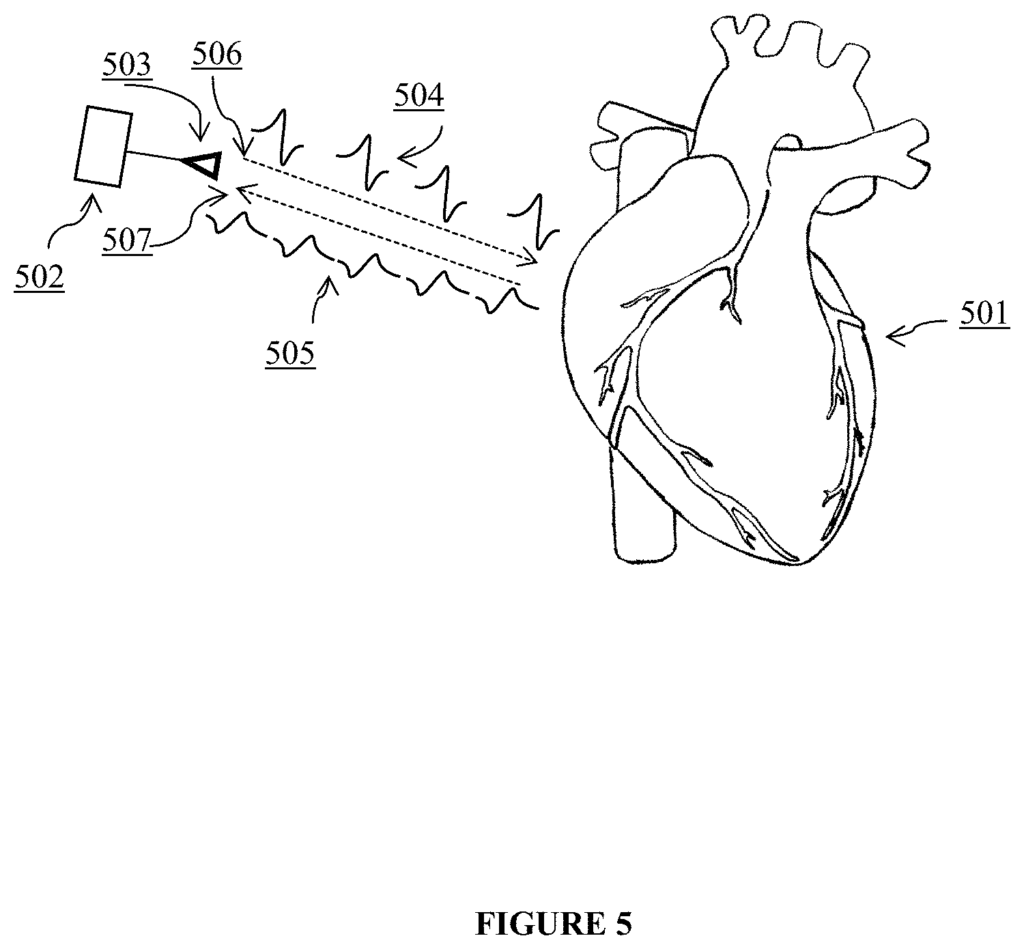Real-Time Heart Monitoring with a Portable Solution
Introduction
Cardiovascular diseases continue to be one of the leading causes of death worldwide, making early detection and continuous monitoring essential for improving patient outcomes. Many heart-related issues, such as arrhythmias or heart failure, often go undetected until symptoms worsen, making timely interventions more challenging. Our patented portable heart motion monitor provides an advanced, user-friendly solution that empowers healthcare providers and patients to track heart function in real-time. This compact, wearable technology delivers critical data on heart motion, offering valuable insights for early diagnosis and ongoing care management.
The Growing Need for Portable Cardiac Monitoring
Traditional cardiac monitoring systems, while effective in clinical settings, often require hospital visits and bulky equipment that is not suited for continuous, real-time monitoring. Patients at risk of heart failure, arrhythmias, or other cardiovascular conditions frequently need a system that allows for consistent observation of heart health in a more comfortable and non-invasive manner. As healthcare shifts toward more patient-centered approaches, there is increasing demand for portable, wearable devices that can offer accurate, on-the-go heart monitoring without compromising data accuracy.
Moreover, remote monitoring technologies are becoming more essential in managing chronic conditions, particularly in regions with limited access to healthcare facilities or for patients who prefer to manage their health from home.
An Innovative Solution for Continuous Heart Monitoring
Our portable heart motion monitor is designed to track heart motion with precision, capturing critical data that can be used to assess heart function in real-time. Unlike traditional monitors, this device is lightweight, non-invasive, and easy to use, making it ideal for long-term monitoring outside of a clinical setting. Whether it’s for patients recovering from surgery, managing chronic heart conditions, or those at risk of heart failure, this device provides real-time feedback that can alert both patients and healthcare providers to any irregularities.
The device’s portability also enhances patient compliance, offering peace of mind for individuals who require regular heart monitoring but want to maintain their daily routines. For clinicians, this real-time data helps in making informed decisions faster, improving treatment effectiveness and reducing emergency room visits.
Key Benefits
- Continuous Real-Time Monitoring: Provides accurate heart motion data in real-time, allowing for quicker detection of irregularities.
- Portable and Non-Invasive: The lightweight, wearable design ensures patient comfort and ease of use outside the hospital.
- Remote Monitoring Capability: Enables telemedicine applications for patients who need ongoing care but are not in clinical settings.
- Improved Patient Outcomes: Early detection and continuous monitoring support more timely interventions and better long-term cardiac care.
A New Era of Cardiac Care with Portable Monitoring
Licensing this portable heart motion monitor technology gives medical device companies and healthcare providers a game-changing tool for improving cardiac care. With its potential for real-time data collection and patient-centered design, this technology is poised to transform heart health management and enhance outcomes for patients around the world.

- Abstract
- Claims
What is claimed is:
1. A method of detecting an irregular heartbeat of a heart in a subject, the method comprising:
Share
Title
Portable heart motion monitor
Inventor(s)
Dennis MatthewsXiaoguang LiuSongjie Bi
Assignee(s)
University of California
Patent #
11116416
Patent Date
September 14, 2021
